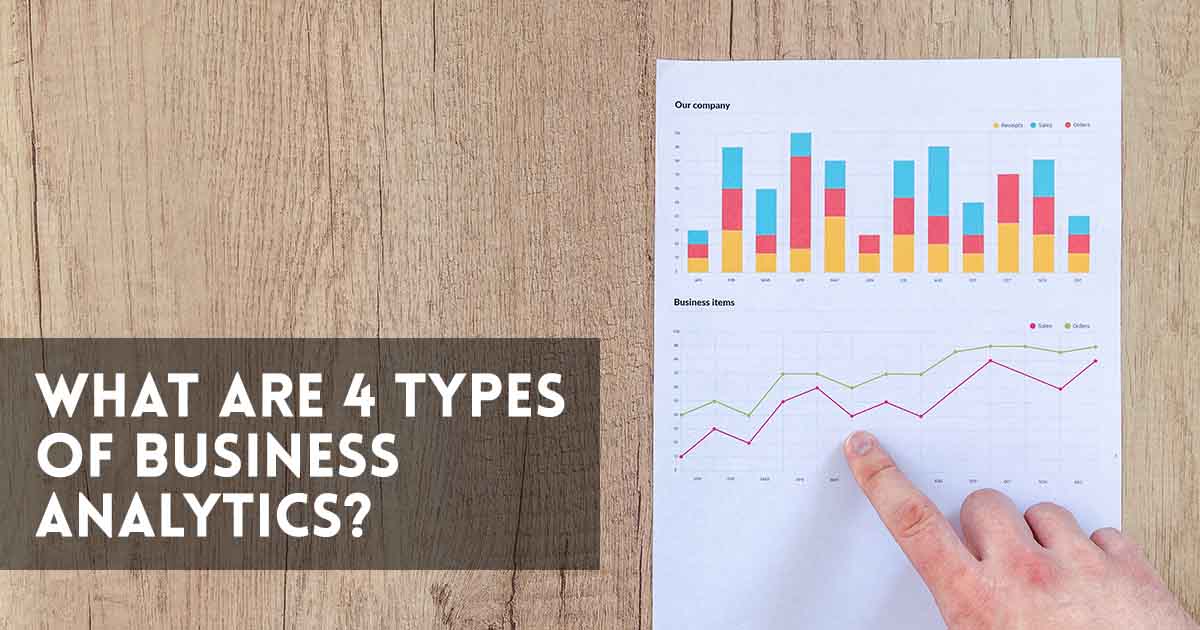We live in an environment where every second the sum of data generated goes up. When processing such a large amount of data, it’s only normal to have resources that will help us manage all of this stuff. Raw data also reflects a mass of unstructured knowledge. Data analysts use their skills to extract statistically meaningful data knowledge. It is here where multiple types of business analytics come into action. The types of business analytics are as follows:
1. Descriptive Analytics
As the name suggests, concise analyses or reports may simplify and transform raw data into a type that humans may readily comprehend. They will describe an incident that has existed in the past. This type of business analytics is useful in deriving some trend, if any, from past events or in drawing conclusions from them such that better potential plans can be presented. Descriptive analytics juggles raw data from many sets of data to provide useful perspectives into the past. Such results, though, clearly indicate something is incorrect or right, without specifying why.
2. Diagnostic Analytics
Diagnostic business analytics is a natural counterpart to descriptive analytics. Diagnostic analytical techniques help an investigator dive further into a question at hand so they can get to the root of an issue. This type of business analytics offers in-depth observations into a complex issue. At the same time, an organization should have comprehensive details at its fingertips, because with each problem and time-consuming, data collection can turn out individual.
3. Predictive Analytics
Every productive company will have foresight. Predictive analytics lets businesses identify patterns dependent on real events. Whether it’s forecasting the probability of an occurrence happening on in the future or determining the precise moment it’s likely to happen may both be calculated through predictive computational models. Typically, in this type of business analysis, several separate yet co-dependent variables are tested to forecast a pattern.
One must note that forecasting is only an estimation, the precision of which depends heavily on the data quality and the situation’s stability, so it needs diligent evaluation and constant optimization.
4. Prescriptive Analytics
This type of business analytics illustrates the mechanism in a scenario, step-by-step. For eg, when your e-hailing driver gets the simpler route from online maps a prescriptive approach is what comes into action. Considering the width of each open path from your pick-up path to the destination and the traffic restrictions on each lane, the best route was selected. Prescriptive analytics utilizes specialized techniques and technology, such as artificial intelligence, company law, and algorithms, allowing the design and administration sophisticated.
As part of his work, a data analyst will be expected to implement one or more of the above types of business analytics processes.
All you need to know about Business Analytics
Learn Business Analytics
| Top 7 Business Analytics University/ Colleges in India | Top 7 Training Institutes of Business Analytics |
| Top 7 Online Business Analytics Programs | Top 7 Certification Course of Business Analytics |
Learn Business Analytics with WAC
Other Skills in Demand
| Artificial Intelligence | Data Science |
| Digital Marketing | Business Analytics |
| Big Data | Internet of Things |
| Python Programming | Robotics & Embedded System |
| Android App Development | Machine Learning |

